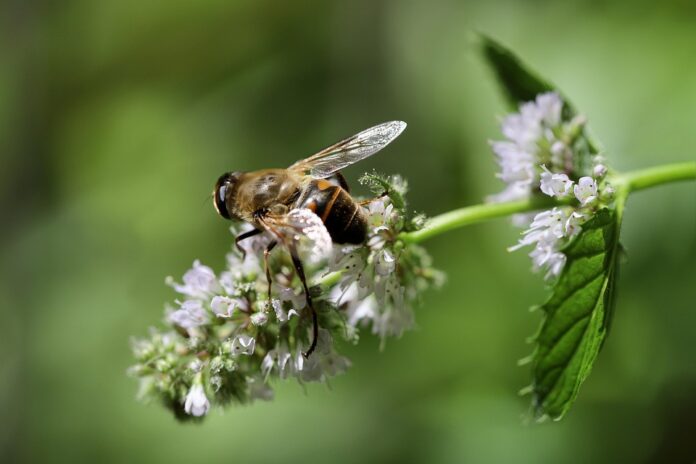Sustainability in Mint Farming: Reducing Environmental Impact and Enhancing Soil Health
Mint farming is a crucial industry with a global market value of over $1 billion. As the demand for mint products continues to rise, it is essential for mint farmers to focus on sustainability practices to reduce environmental impact and enhance soil health. This report will explore the various strategies and initiatives that mint farmers can implement to achieve these goals while also considering the financial implications and industry insights.
Environmental Impact of Mint Farming
Mint farming, like any other agricultural activity, can have a significant environmental impact. The use of chemical fertilizers and pesticides can lead to soil degradation, water contamination, and biodiversity loss. Additionally, the intensive cultivation of mint can contribute to deforestation and habitat destruction.
To address these challenges, mint farmers can adopt sustainable farming practices such as organic farming, integrated pest management, and crop rotation. These practices can help reduce the reliance on chemical inputs, minimize soil erosion, and promote biodiversity on the farm.
Enhancing Soil Health in Mint Farming
Soil health is crucial for the long-term sustainability of mint farming. Healthy soil is essential for nutrient uptake, water retention, and plant growth. However, conventional farming practices can degrade soil quality over time, leading to decreased productivity and increased vulnerability to pests and diseases.
To enhance soil health, mint farmers can implement practices such as cover cropping, composting, and no-till farming. These practices can improve soil structure, increase organic matter content, and promote beneficial soil microorganisms. By investing in soil health, mint farmers can ensure the long-term productivity and sustainability of their farms.
Financial Implications of Sustainable Mint Farming
While implementing sustainable farming practices may require upfront investment, the long-term financial benefits can outweigh the costs. For example, reducing the use of chemical inputs can lower production costs and increase profitability. Additionally, sustainable farming practices can improve soil fertility and crop resilience, reducing the risk of crop failure and yield losses.
Furthermore, consumers are increasingly demanding sustainable and organic products, creating market opportunities for mint farmers who adopt environmentally friendly practices. By marketing their products as sustainable, farmers can differentiate themselves in the market and attract eco-conscious consumers willing to pay a premium for sustainable products.
Industry Insights on Sustainable Mint Farming
Several companies in the mint farming industry have already embraced sustainability as a core value. For example, Frontier Co-op, a leading supplier of organic herbs and spices, sources mint from sustainable farms that follow organic farming practices. By partnering with sustainable suppliers, Frontier Co-op can meet the growing demand for organic and environmentally friendly products.
Other companies, such as doTERRA and Young Living, specialize in producing mint essential oils using sustainable farming practices. These companies work closely with farmers to ensure responsible sourcing and environmental stewardship throughout the production process. By prioritizing sustainability, these companies have built strong brand reputations and loyal customer bases.
In conclusion, sustainability is essential for the long-term success of mint farming. By reducing environmental impact and enhancing soil health, mint farmers can ensure the sustainability of their farms while also reaping financial benefits and gaining market advantages. Through collaboration, innovation, and a commitment to sustainability, the mint farming industry can thrive while preserving the health of the planet for future generations.




